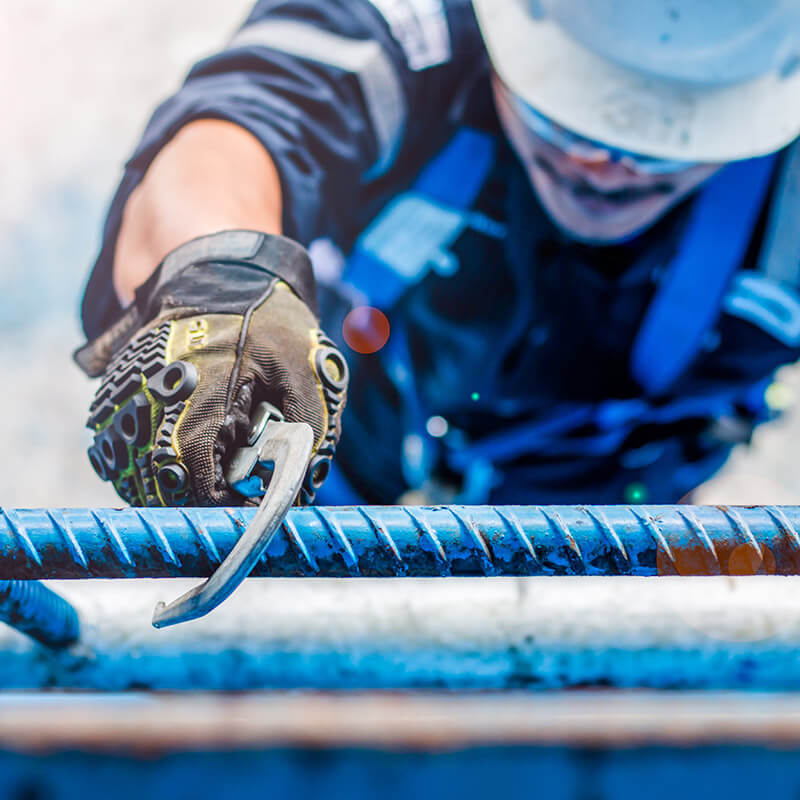Product Description
Probably the most popular type of Council Tool hammers, sledges are designed to be used in heavy hammer applications for striking wood, concrete, metal, and stone. They feature two symmetrical and opposing faces (DF). Common uses are driving heavy timbers and striking spikes, cold chisels, rock drills and hardened nails.
- 6 lbs double-face sledge hammer with hickory handle
- Forged tool steel head, Made in USA, with clear lacquer head to deter rust
- Striking face is precision machined with proper radius and chamfer (bevel), providing safer performance
- Heat-treated after machining for increased depth of hardness (the competition turns their tools to make them attractive but this leaves less depth)
- Heat treatment produces fine grain structure and Rc 46-54 for safety and toughness
- American-made hickory handle, kiln dried before turning, eye section is then dried below 10% moisture content prior to assembly
- Handle is hydraulically inserted into head and secured with a serrated aluminum wedge, providing a very secure mechanical bond (approximately 1/2" to 1" of handle length is removed during assembly)
- Meets or exceeds ASME B107.54-2001
Specifications
Safety Notice
Although Bishop Lifting strives to manufacture and sell the highest quality rigging and safety gear, use of the gear is dangerous if not used correctly by competent trained professionals. Bishop Lifting disclaims any liability resulting from the misuse of its rigging and safety gear. Please take a moment to more thoroughly review our disclaimer.
Bishop Lifting rigging and safety gear is only intended to be used by competent trained professionals. Misuse of the rigging and safety gear can result in serious injury up to and including loss of life. As such, Bishop Lifting disclaims liability for any misuse or incorrect product selection by our customers.
Rigging and safety gear purchased from Bishop Lifting should be used in strict accordance with all industry and OSHA standards. At no time should rigging or safety gear be used beyond its certified load ratings (aka Working Load Limits). Normal wear and tear should be expected with use of rigging and safety gear; therefore, all gear should be thoroughly inspected before each and every use. Worn or unsafe rigging and safety gear should never be used.












